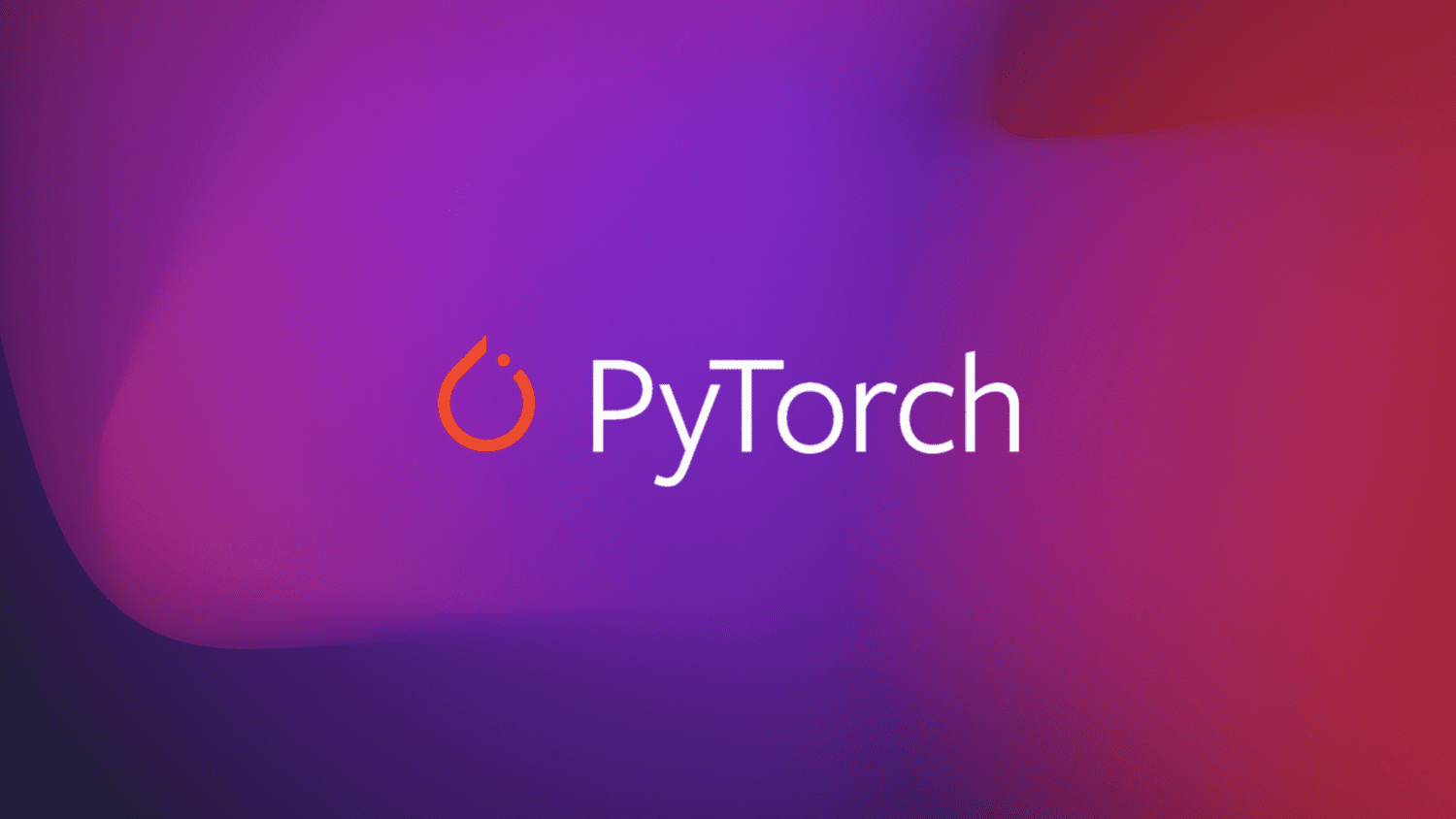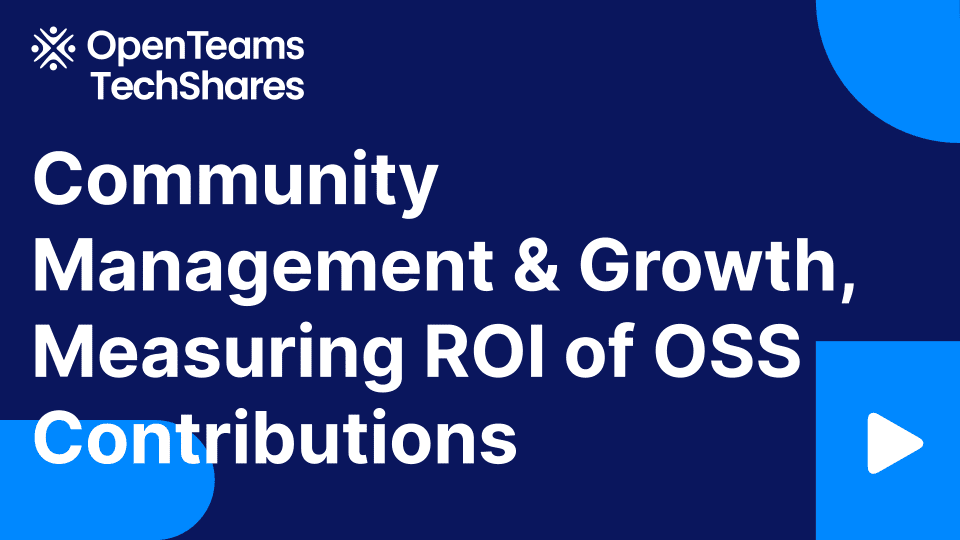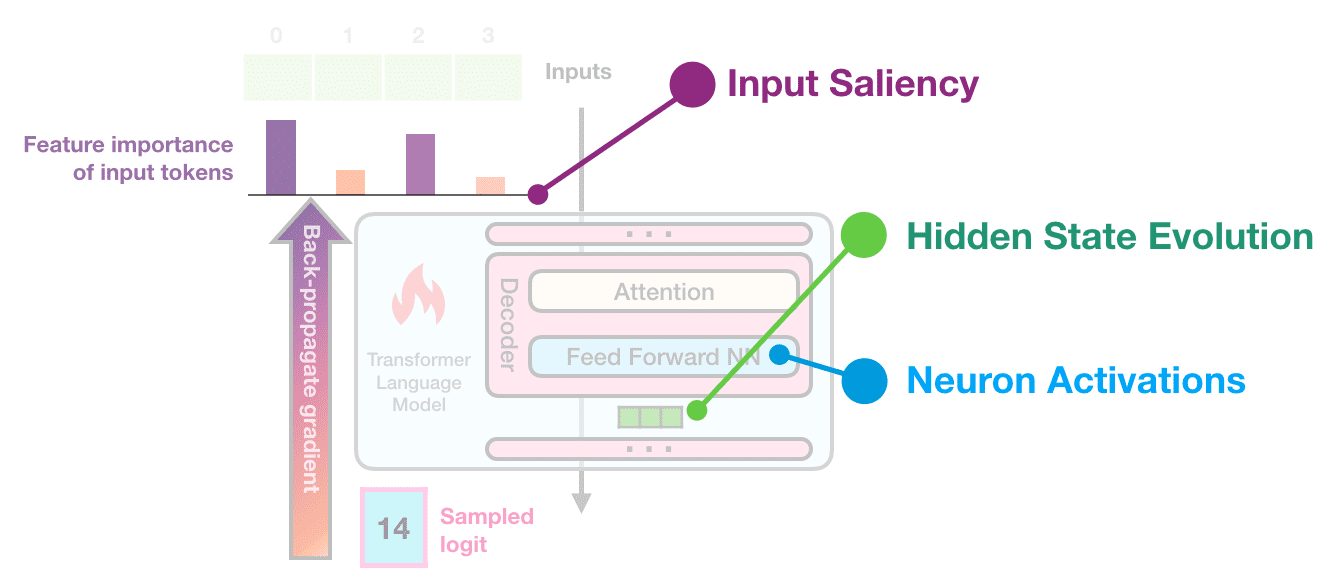
Hugging Face Joins the PyTorch Foundation as a Premier Member

The PyTorch Foundation, a neutral home for the deep learning community to collaborate on the open source PyTorch framework and ecosystem, is announcing today that Hugging Face has joined as a premier member.
Hugging Face has been a long time supporter and contributor to the PyTorch Ecosystem by providing powerful models and resources that accelerate research, development, and adoption of AI technologies, particularly in the field of natural language processing.
“Our mission has always been to democratize AI and make it accessible to everyone. We’re truly aligned with PyTorch’s objective of reducing the barrier of entry to practitioners. By joining the PyTorch Foundation, we can further amplify that impact and support this very important framework of the ecosystem that is PyTorch,” said Lysandre Debut, Head of Open Source at Hugging Face. “We believe the two ecosystems have significant overlap, and collaborating with the foundation will allow us to bridge the gap to provide the best software, the best tools to the machine learning community at large.”
Hugging Face’s Model Hub and open source libraries promote collaboration and knowledge sharing within the AI open source community, making Hugging Face a great match to the growing PyTorch Foundation. They continue to drive industry adoption and collaboration by creating user-friendly tools and resources and providing accessible and well-documented libraries.
“Hugging Face’s commitment to open source development and their exceptional contributions to the PyTorch ecosystem have truly impressed us. With their help, we will drive innovation, foster collaboration, and empower the global AI community to create transformative solutions for the AI community,” said PyTorch Foundation Executive Director Ibrahim Haddad. “We welcome Hugging Face to the PyTorch Foundation and look forward to the achievements that lie ahead.”
As a premier member, Hugging Face is granted one seat to the PyTorch Foundation Governing Board. The Board sets policy through our bylaws, mission and vision statements, describing the overarching scope of foundation initiatives, technical vision, and direction.

We’re happy to welcome Lysandre Debut, Head of Open Source at Hugging Face to our board. Lysandre has been at Hugging Face since the company’s pivot to open-source, and was the first engineer to focus entirely on the open-source mission. Now leading the open-source part of the organization, Lysandre remains technically involved by being a core maintainer of the Transformers library.
To learn more about how you can be a part of the PyTorch Foundation, visit our website.
About Hugging Face
Hugging Face is a community and company dedicated to lowering the barrier of entry to Machine Learning and Deep Learning. Strong advocates for open-source and open-science, their model Hub hosts more than 250,000 public models and 50,000 public datasets that are very simple to use. Transformers, Diffusers, PEFT, Accelerate, and Datasets are some of the open-source tools made available by Hugging Face.
About PyTorch Foundation
The PyTorch Foundation is a neutral home for the deep learning community to collaborate on the open source PyTorch framework and ecosystem. The PyTorch Foundation is supported by its members and leading contributors to the PyTorch open source project. The Foundation leverages resources provided by members and contributors to enable community discussions and collaboration.
About The Linux Foundation
The Linux Foundation is the world’s leading home for collaboration on open source software, hardware, standards, and data. Linux Foundation projects are critical to the world’s infrastructure including Linux, Kubernetes, Node.js, ONAP, PyTorch, RISC-V, SPDX, OpenChain, and more. The Linux Foundation focuses on leveraging best practices and addressing the needs of contributors, users, and solution providers to create sustainable models for open collaboration. For more information, please visit us at linuxfoundation.org. The Linux Foundation has registered trademarks and uses trademarks. For a list of trademarks of The Linux Foundation, please see its trademark usage page: www.linuxfoundation.org/trademark-usage. Linux is a registered trademark of Linus Torvalds.




